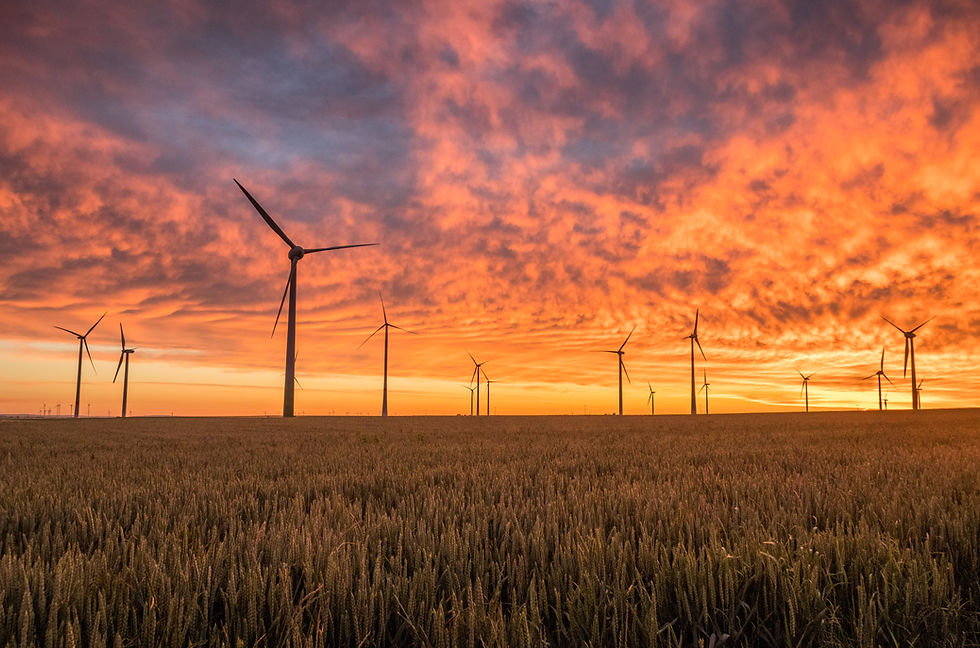Sharing the Road: Staying Safe Around Wildlife in Kansas
- infoktikpd
- Feb 27
- 2 min read
Kansas is home to a diverse array of wildlife, including deer, coyotes, and even the occasional bobcat. While these animals are a vital part of our ecosystem, they can pose a hazard to drivers, especially during certain times of the year. The Kickapoo Tribe Police Department wants to help you stay safe on the roads, so here are some tips for sharing the road with wildlife and avoiding collisions.
Deer: The Most Common Hazard
Deer are the most common wildlife involved in vehicle collisions in Kansas. They are especially active during dawn and dusk, and during the fall mating season (October through December).
Here's how to reduce your risk:
Be Extra Vigilant: Pay close attention when driving at dawn and dusk, and in areas with known deer populations. Use your high beams when possible to improve visibility.
Slow Down: Reduce your speed, especially in areas with deer crossing signs. This gives you more time to react if an animal appears on the road.
Scan the Roadside: Constantly scan the roadside for signs of deer and other wildlife. They often travel in groups, so if you see one, there may be others nearby.
Brake Firmly: If a deer enters the roadway, brake firmly but avoid swerving. Swerving can cause you to lose control of your vehicle and lead to a more serious accident.
Use Your Horn: A long blast of your horn may scare deer away from the road.
Other Wildlife to Watch For
While deer are the most common concern, be aware of other wildlife that may cross the road, such as:
Coyotes: Coyotes are often seen near roadways, especially at night. Be aware of their presence and slow down if you see one.
Smaller Animals: Even small animals like raccoons and opossums can cause accidents if you swerve to avoid them.
If a Collision Occurs
Stay Calm: If you hit an animal, pull over to a safe location and assess the situation.
Check for Injuries: Check yourself and any passengers for injuries.
Contact Authorities: Call the police to report the accident. If the animal is injured, they can contact the appropriate wildlife officials.
Document the Scene: If possible, take photos of the damage to your vehicle and the surrounding area.
By following these tips and staying alert, you can help reduce the risk of wildlife collisions and keep yourself and the animals safe.
Drive safe and be aware!

